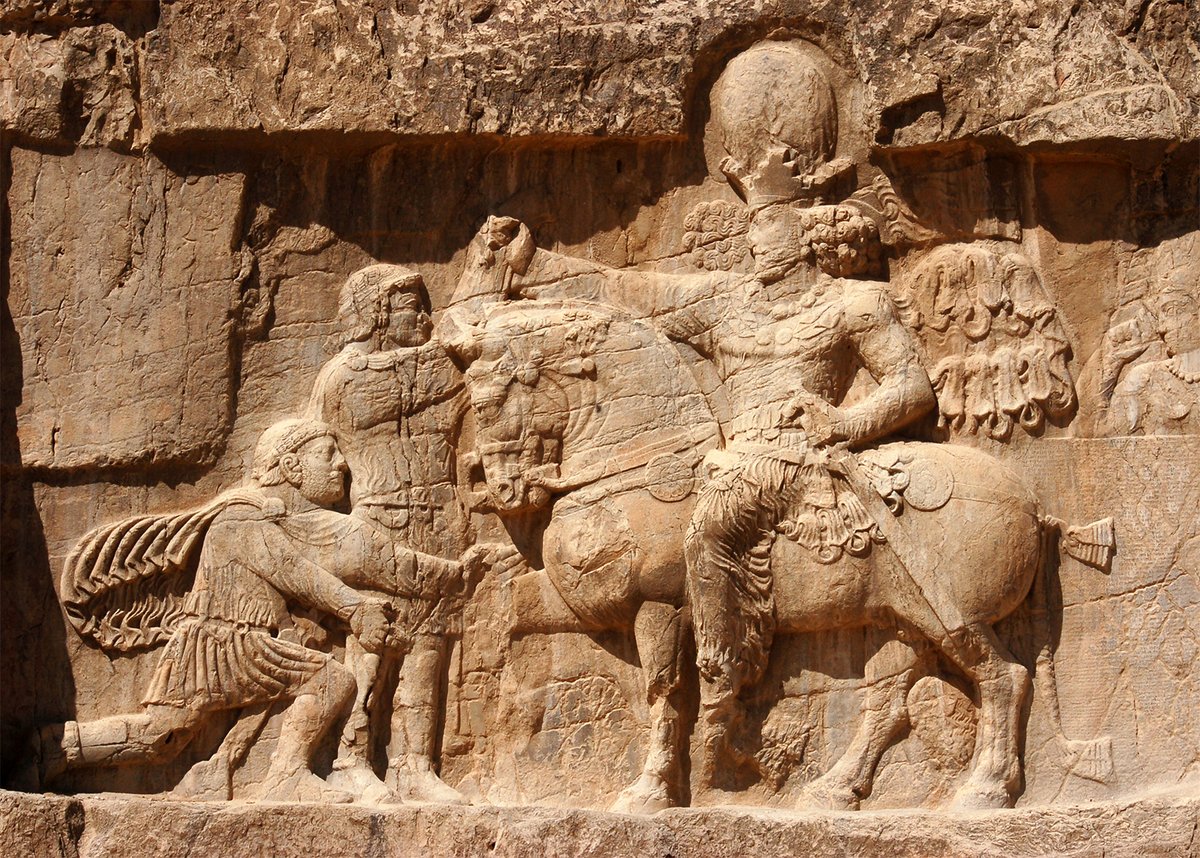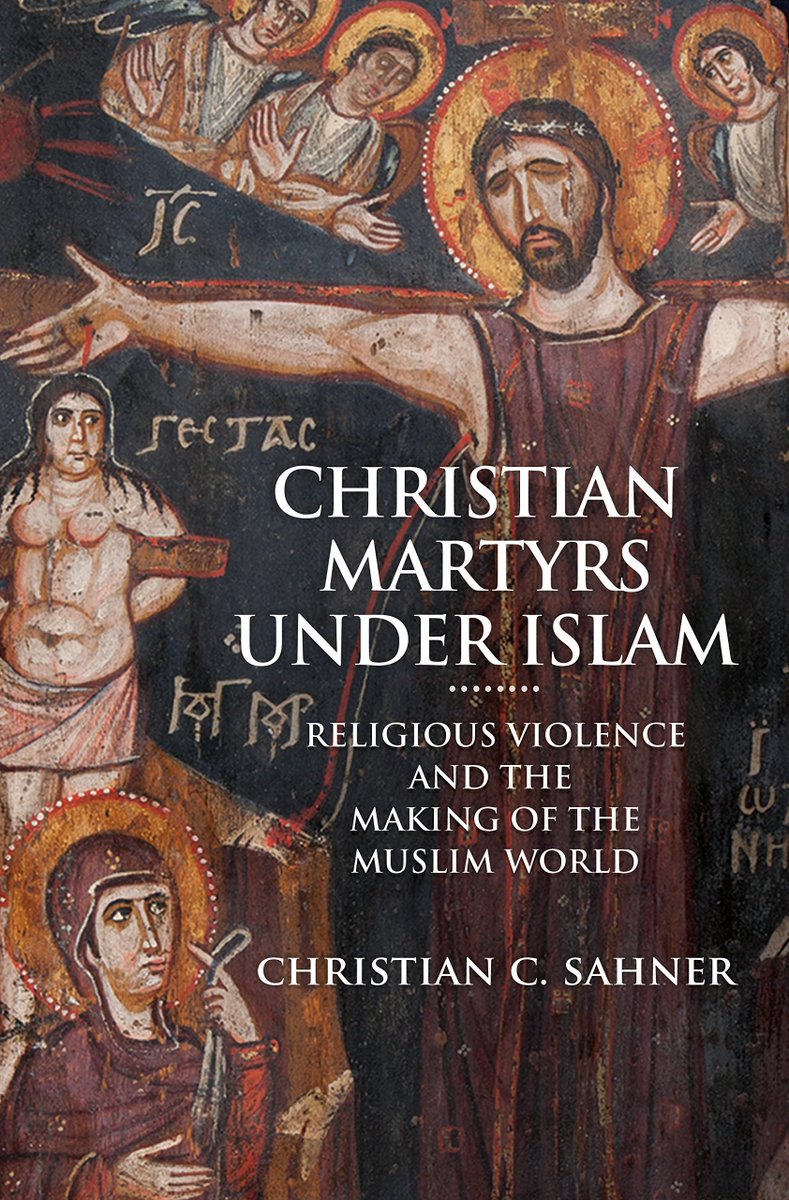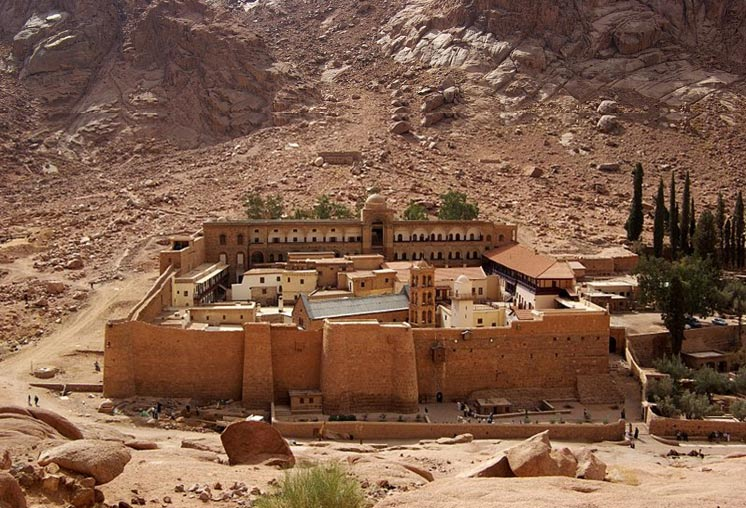
1/ Who were the earliest women converts to Islam and what was their experience of conversion?
In our new sourcebook, Sean Anthony (@shahanSean) and Keren Abbou Hershkovitz profile several women who were alive at the Prophet's time #ConversionToIslam
ucpress.edu/book/978052029…

In our new sourcebook, Sean Anthony (@shahanSean) and Keren Abbou Hershkovitz profile several women who were alive at the Prophet's time #ConversionToIslam
ucpress.edu/book/978052029…


2/ In the first entry, @shahanSean translates and comments on the conversion of the Prophet's first wife Khadīja as portrayed in one of the earliest and most famous biographies, the Kitāb al-Maghāzī of Ibn Isḥāq (d. 767)
3/ According to tradition, Khadīja was a widow and wealthy merchant of Mecca, who married Muḥammad after initially hiring him as her agent. She was reportedly the first person to believe in his prophethood, underlining the centrality of women in the Prophet's life
4/ Ibn Isḥāq tells us that when Muḥammad first received the revelation from Gabriel, he came to Khadīja frightened and confused. She reassured him, "God would never allow anything but good to befall you, for I know you are a man who only speaks the truth...
5/ "Rejoice and remain steadfast! By Him whose hand Khadīja's soul resides, I hope that you will be the prophet of his people (umma)!"
Khadīja then consulted with her cousin Waraqa, a Christian, who verified that Muḥammad's experience was true.
Khadīja then consulted with her cousin Waraqa, a Christian, who verified that Muḥammad's experience was true.
6/ He said to her, "Holy! Holy! By Him in whose hand my soul resides, if you have told me the truth, Khadīja, then he is a prophet! Let him be steadfast!"
7/ Abbou Hershovitz then profiles women converts in the great biographical dictionary of Ibn Saʿd (d. 845), the Ṭabaqāt. One is the Prophet's paternal aunt Arwā. Interestingly, only one of his paternal uncles became Muslim (Ḥamza), whereas several of his aunts did
8/ Arwā's brother was the Prophet's uncle and fierce opponent Abū Lahab. She tried to convince him to convert as well, saying, "Take the side [of Muḥammad]... If he is victorious, you will have the choice of either joining him or keeping your religion...
9/ "If he fails, you will have an excuse as he [is a relative]."
In other words, for Arwā, conversion was about building strategic social ties; family loyalty was everything.
In other words, for Arwā, conversion was about building strategic social ties; family loyalty was everything.
10/ Stay tuned for more highlights from our sourcebook in the coming days and weeks!
The Editors (Nimrod Hurvitz, Christian Sahner, Uriel Simonsohn @culXl8fYioHzt8O, and Luke Yarbrough) @ucpress
The Editors (Nimrod Hurvitz, Christian Sahner, Uriel Simonsohn @culXl8fYioHzt8O, and Luke Yarbrough) @ucpress
• • •
Missing some Tweet in this thread? You can try to
force a refresh






















